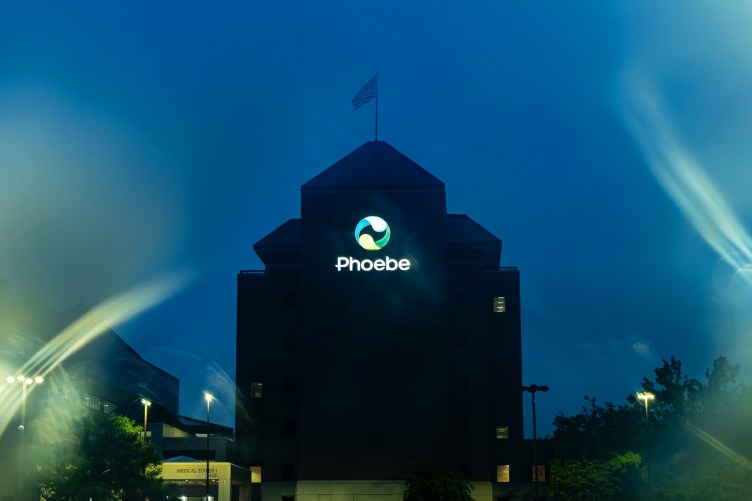Monday night, we hosted an in-depth discussion on the perils and promise of fracking at NYC’s Tenement Museum. In case you couldn’t make it, or don’t have time to watch the hour-plus recording, we pulled out the highlights.
(Need a primer on fracking? Check out our musical explainer: My Water’s On Fire Tonight.)
1. The public debate does not mirror the debate in the regulatory agencies. Stu Gruskin thinks it should.
Stu Gruskin, former executive deputy commissioner at the New York State Department of Environmental Conservation, would like to see a better-informed
public debate that mirrors the “objective,” nuanced discussion in the regulatory agencies. He thinks the current “philosophical” debate does a “great disservice” to the public. He cites the Midwest quakes as a perfect example of the public’s misunderstanding of the subtleties of fracking.
2. Some say the media’s fracking coverage is biased, but Abrahm Lustgarten thinks it emphasizes the real concerns.
“No one denies the economic benefits are happening,” Lustgarten said. “[But] It doesn’t take a lot of scrutiny … to come up with a whole slew of concerns. From a reporter’s perspective, the question is, ‘Where do I start?’ Not, ‘Do I put those concerns aside and talk about the minority who reap an economic benefit?’”
3. How a sound well is supposed to work.
Southwestern Energy’s Mark Boling shows the mechanics of a functioning well – and a not-so-functioning well. He also reviews necessary regulations, and brings up an issue he thinks deserves more attention: moving water by pipe as much as possible.
4. Collaboration among industry, the public, environmental groups and regulators is key to making fracking as safe as possible, according to industry and regulatory representatives.
Gruskin mentioned it here, while talking about what New York state regulators need to do their jobs:
And Mark Boling mentioned it here. “If you’re looking for a sound bite, it’s collaboration, innovation and regulation,” he said. “And I believe it’s in that order.” He cited as an example the EPA’s Natural Gas STAR Program.
To explore fracking further, check out our collection of nine of the best pieces of watchdog journalism on the issue, and our ongoing series of stories.











